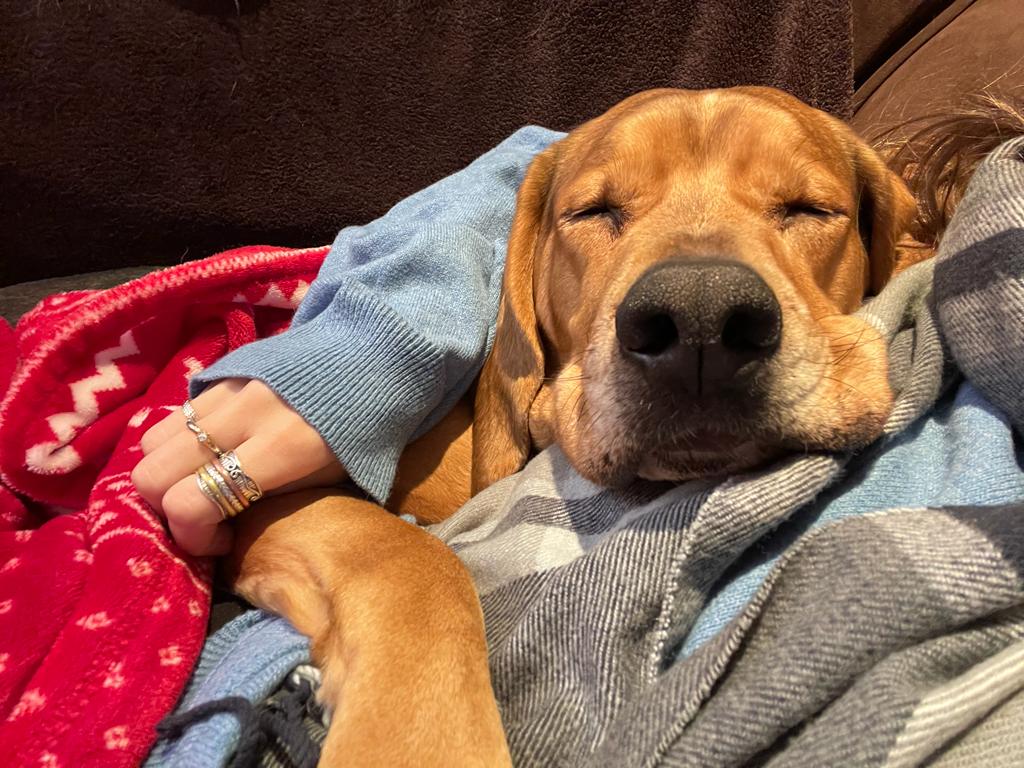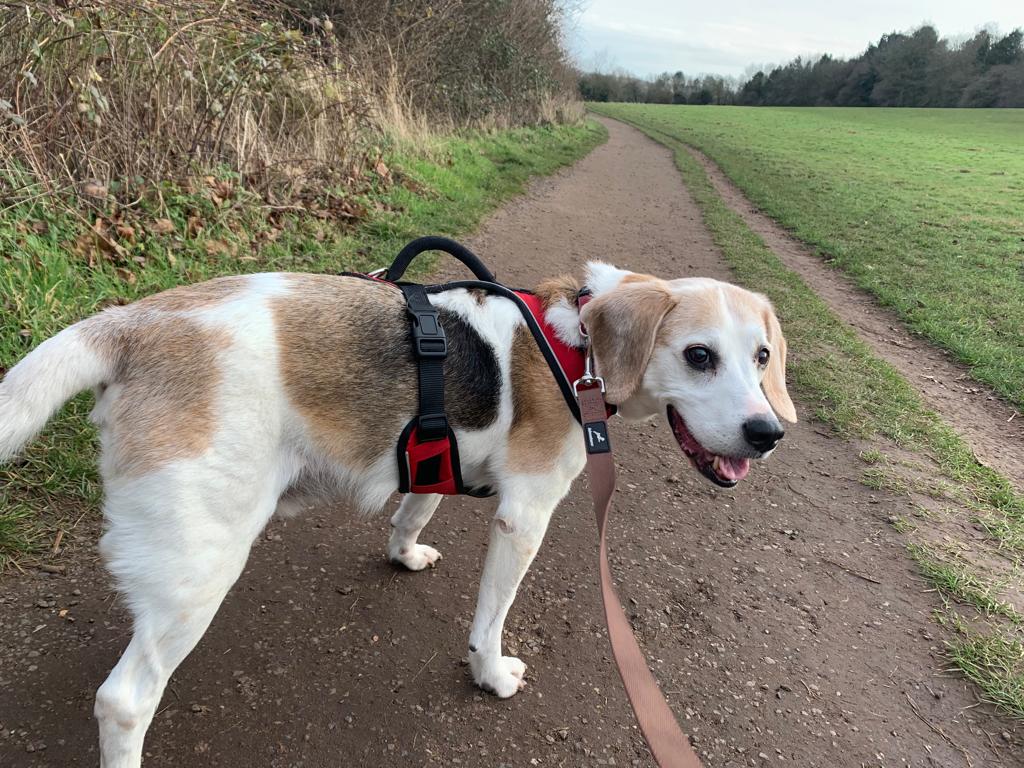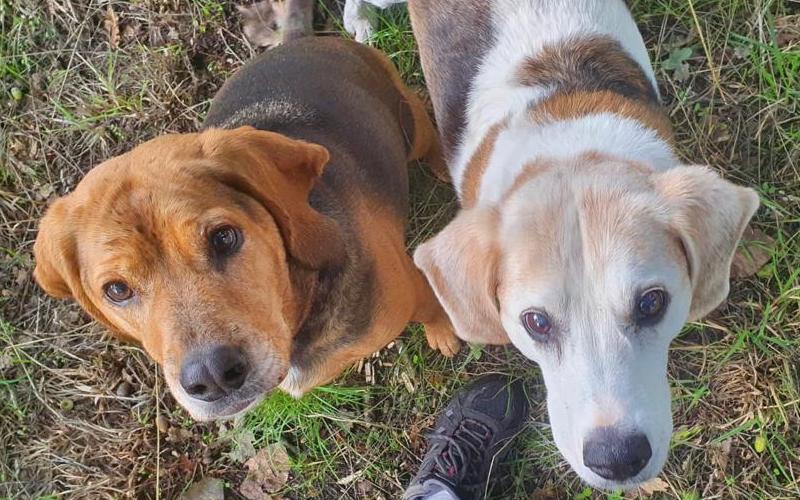A rescue dog who was badly treated as a puppy now relies on human anxiety tablets.
Tucker, a nine year old mutt, was adopted from the Blue Cross re-homing centre by Juliana Schulte and her mum, Susan, in 2014 and now lives in Victoria, London.
Tucker’s issues were exacerbated with age and he now takes a small dose of Fluoxetine medication, also known as Prozac or Sarafem, in his food each day and has for the past four years.
However, there is currently a shortage of the medication and many vets, including Tucker’s are no longer being prescribed in the human form.
Brands are seeking to place higher margins on medication directly advertised at pet owners with a one month prescription costing £25, more than double that of a human dose.
Tucker found his forever home with Juliana and Susan when they adopted him at nine months old.
He had been at the Blue Cross rescue centre for six months in which time he had gone to three different homes adding to his fears.

His tumultuous youth was marked with uncertainty and abuse which has contributed to his anxiety today.
This includes becoming agitated and fearful around new people and other dogs.
Tucker wears a special vest highlighting his anxiety and asking that people maintain their distance when he is on walks.
A 2019 Cornell study sought to compare the efficacy of fluoxetine in conjunction with behaviour modification plans for the treatment of common canine behavioural disorders.

Tucker lives with Frank who the family adopted in 2011 from the Beagle Rescue centre.
Frank had also been a victim of mistreatment and animal cruelty by his previous owners and struggled to adjust to life in a house.
There has been an increase in anxiety in dogs following the Covid-19 pandemic and multiple lockdowns.
Featured image credits: Juliana Schulte





